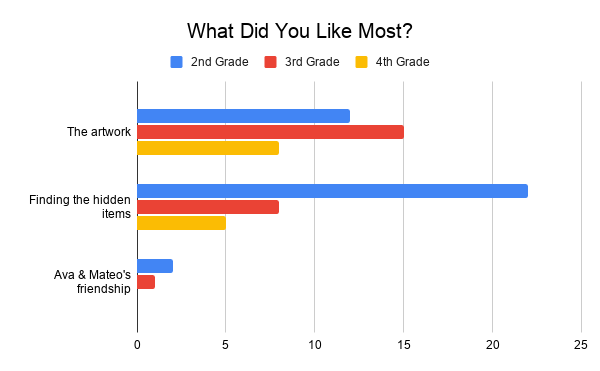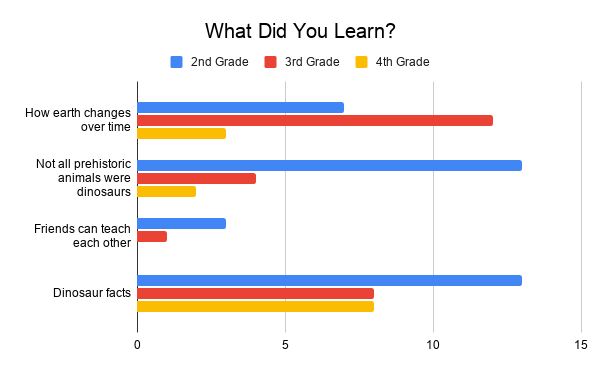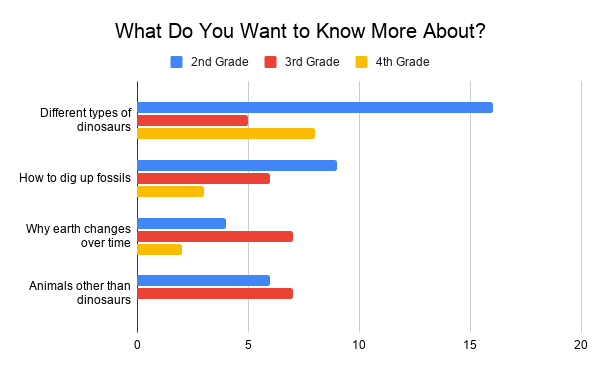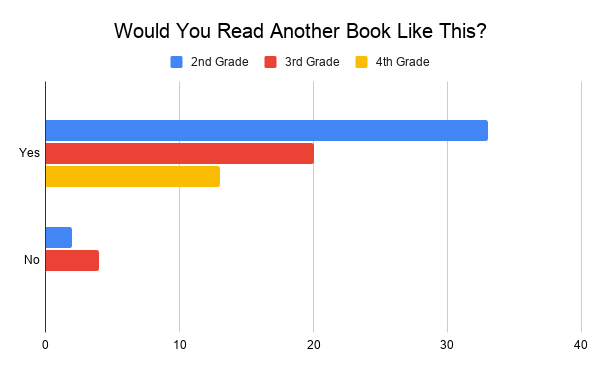Did You See That Dinosaur? Book Review
- Brad Brown
- Mar 6, 2021
- 4 min read
You’ve probably thought about it at one point or another, imagining a low rumble that vibrates through your bones. Numbers flicker on a dial in front of you until they suddenly stop with a gob smacking number of digits. The air smells grungy...not like teen spirit, more like a telluric sandpit. You have gone back, waaay back in time. Fortunately, you can use this handy guide to share your ancient fantasies of wanting to visit the dinosaurs with your kids! I have reviewed an advance copy, so keep reading for a tour of my thoughts on Riley Black’s latest foray into the prehistoric.
Did You See That Dinosaur? follows Ava and Mateo as they seek (and hide from!) prehistoric creatures in each of the three periods of the Mesozoic Era: the Triassic, Jurassic, and Cretaceous. Both characters are confident in their knowledge of the Earth’s past while maintaining an inquisitive openness toward learning from each other. Their journey provides a passel of fossily facts as well as insights into complex concepts like the relationship between evolution and geographic change over time. But don’t worry, parents! Riley Black has ensured that Ava and Mateo’s comfortable, conversational tone will simplify these ideas for you, so you won’t have to pretend to understand when you read this to your dino-crazed kids. And that is not nearly the extinction event for excitement, because objects are hidden in the scenery on each prehistoric animal’s two-page layout! Your children can have all the fun of seek-and-find pictures in the dentist’s office and time-travelling to visit dinosaurs without the awkwardness of another human’s fingers in their mouth, and...you know...getting eaten by dinosaurs.
My 6-year old twin boys (pictured above) love the book, and immediately requested installments that include a certain dinosaur that is not in this book (no spoilers!) as well as an Ice Age fauna edition. But don’t just take it from me, I asked children from grades 2-4 to answer a few questions following a guided presentation. After opening with a description of what paleontologists do, the age of the Earth, and that all dinosaurs lived in the three periods of the Mesozoic Era, I highlighted images of the breakup of Pangaea, and read to the class about Tawa (okay...just one spoiler). We broke down the name because it is short unlike Micropachycephalosaurus, which seems as long as its bearer. It also doesn't describe any of the animal's features like Triceratops, the "three-horned face," or end in -saurus like so many of the "terrible lizards," so what could it mean? As the book explains, Tawa is the creator and sun spirit in Hopi mythology, a Native American tribe largely populated in the Southwest United States where Tawa was discovered, so we talked about cultural and geographic influences on scientific naming. I then drew the students' attention to Ava and Mateo's interactions as they observe and question their surroundings. Based on the time period they have travelled to and the animal's characteristics, Ava knows what dinosaur has burst out from the brush which gives Mateo the clue he needs to pinpoint where in the world they are. When Mateo becomes uneasy upon learning that Tawa is a carnivore, Ava provides comfort by reminding him that Tawa are small dinosaurs, "shrimposaurs" even, that seek prey items smaller than human children. This is a great example of how the duo prop each other up and build upon the knowledge of the other. We then looked for the hidden items while I discussed with the class what those items might have in common. They largely put the pieces together to determine that the items would be useful in a desert or while hiking, both of which are typical of field paleontology work. The half-hour session wrapped up with the students looking through the book as I pointed out that there are flying reptiles and marine reptiles in the book, but they are not dinosaurs, and answered any burning questions that sprang from their creative minds. Students filled out their questionnaires while they browsed, the results of which you can see below.
The total number of students surveyed is currently 72. Some results of the multiple choice questions total more than 72 because a few students could not contain their excitement, or just weren’t listening to my directions to CHOOSE ONE that best fit their feelings about the book, so I included those extra choices that defied the structure of my analysis. In this Covid-era school year with no field trips, not even their usual weekly class trips to browse our school library, the kids relished an opportunity to explore this brand new book, get to know a little bit about my experiences in paleontology, and to share what they love about prehistoric life. I will update my results if I am able to schedule more class presentations. There are some possible collaborations floating about, but for now...
Whattaya waiting for?! You’re already online, so do yourself, and the fossil lovers in your life, a favor and buy Did You See That Dinosaur? now! Please help Riley Black by reviewing the book on Amazon, and if you found this blog entry helpful, feel free to link it in your review. Happy time travels!






























Comments